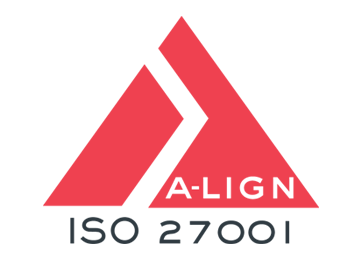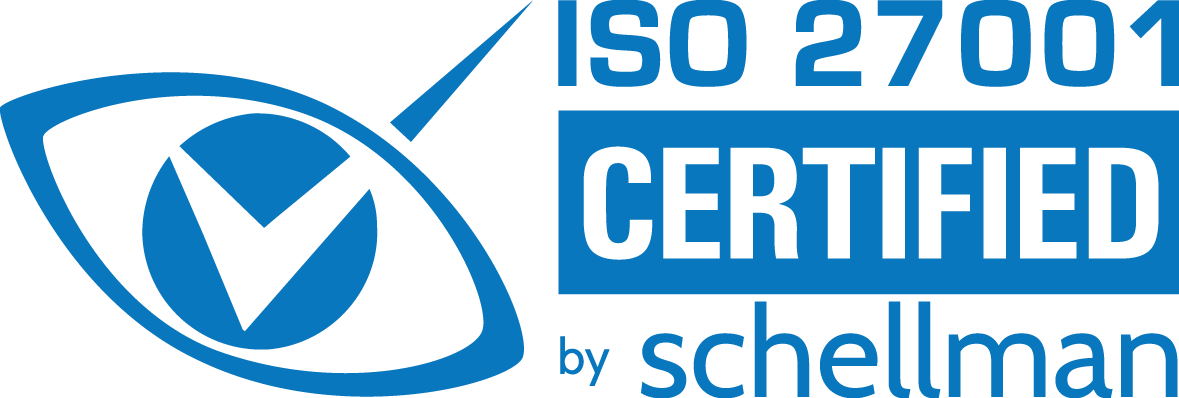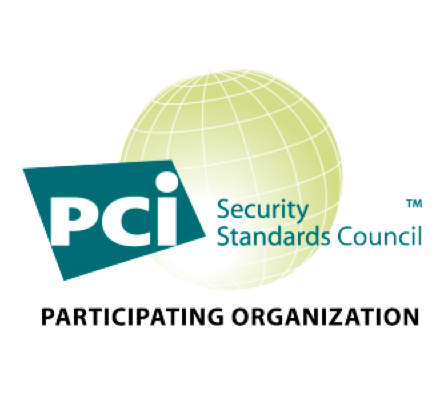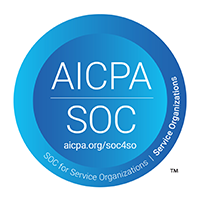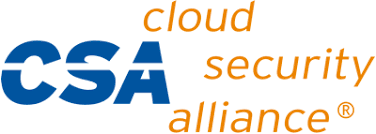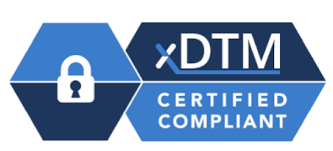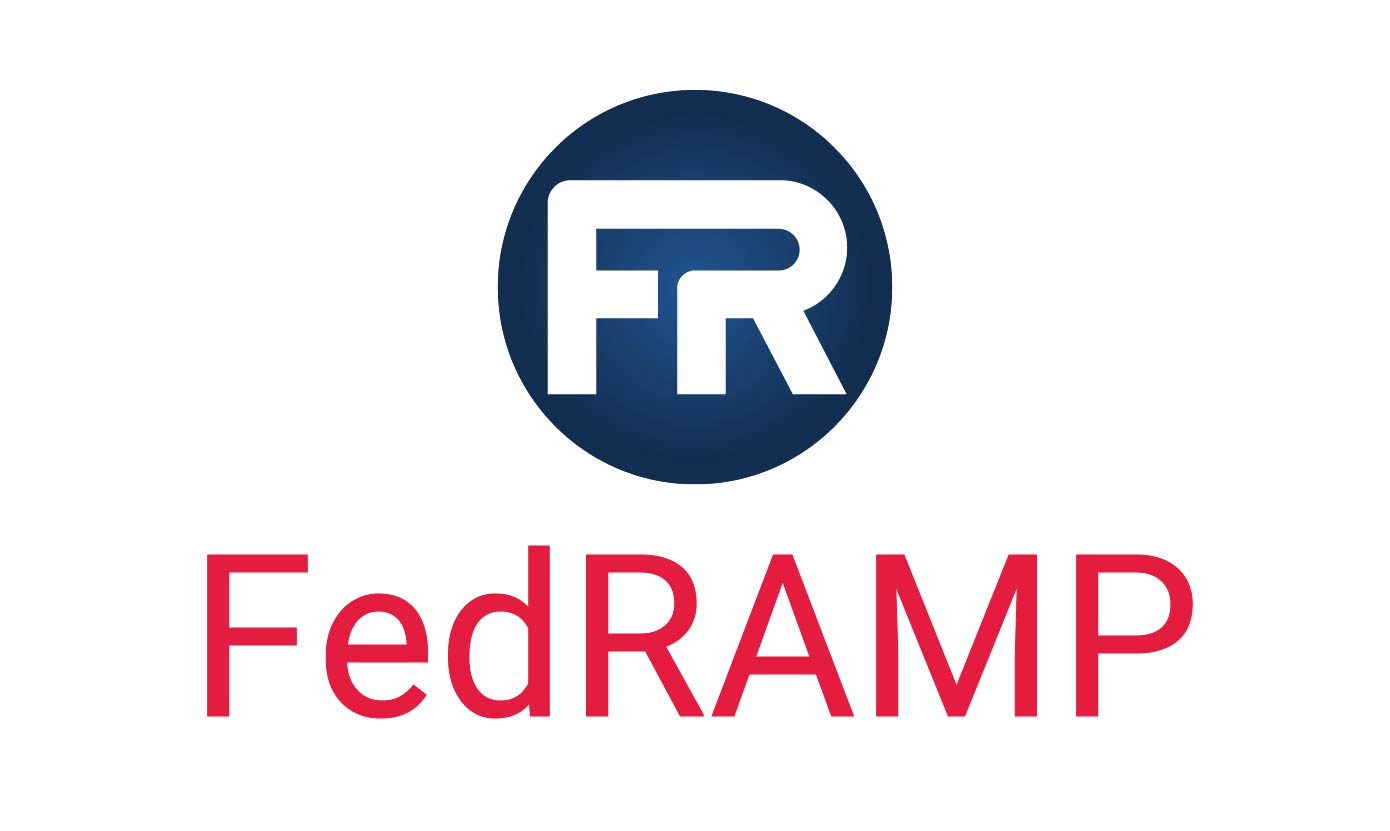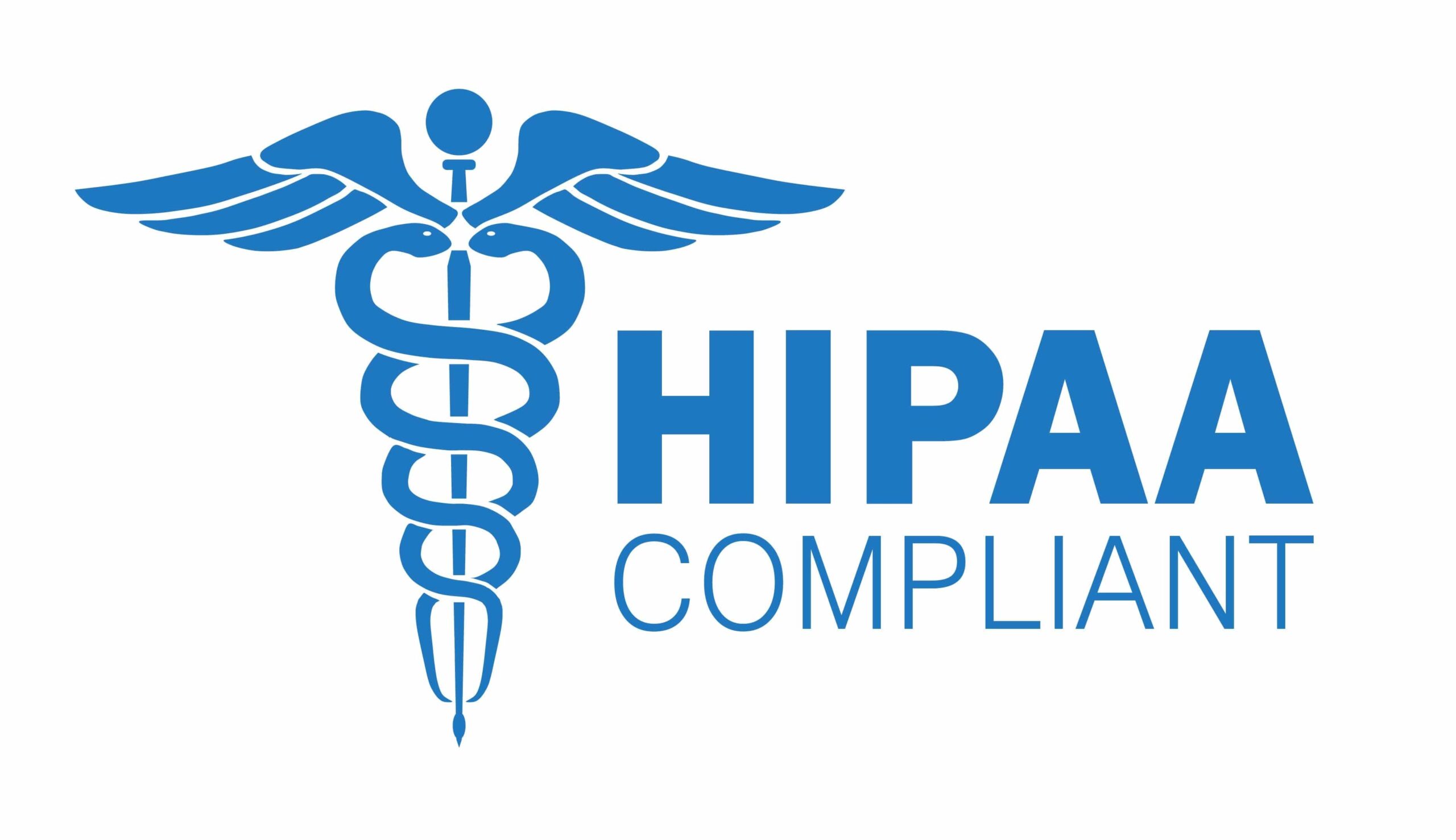A digital signature is a mathematical approach used to validate the authenticity and integrity of a message, software or digital document. As the digital equivalent of a handwritten signature or stamped seal, a digital signature provides far more inherent security, and it is intended to solve the problem of tampering and impersonation in digital communications.
Digital signatures can provide the added assurances of evidence of origin, identification and status of an electronic document, transaction or message and can acknowledge informed consent by the signer.
Digital Certificate and Certificate Authorities
Like a driving license or passport binds a picture to the personal data about its holder, a Digital Certificate works in a similar way. It is a file used to cryptographically connect the public key to unique attributes of its identity. The key owner may additionally be a person, organization, internet entity or software application. Certification Authorities fulfill the role of the trusted third party with the aid of accepting certificates applications from people, platforms, web entities, and authenticating purposes through issuing certificates and keeping the information of the certificates issued. The incorporation of a certification authority ensures that cyber criminals cannot go on the web and pretend they are people they are not and issue fake digital signature certificates for illegitimate use.
Global security standards
ISO 27001 : The highest level of global information security assurance available today
GDPR : European Union’s General Data Protection Regulation
Binding Corporate Rules : European Data Protection Authority (DPA) approval
PCI Data Security Standard : For handling credit card data
SSAE 16 (SOC 1 and 2) : Operations and data center security, availability, and confidentiality
CSA STAR : Cloud Security Alliance (CSA) Security Trust Assurance and Risk (STAR)
FedRAMP Authorized : For serving the U.S. federal government
HIPAA : For handling personal health information

